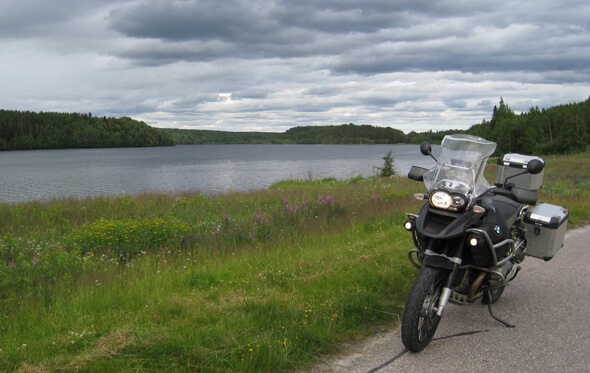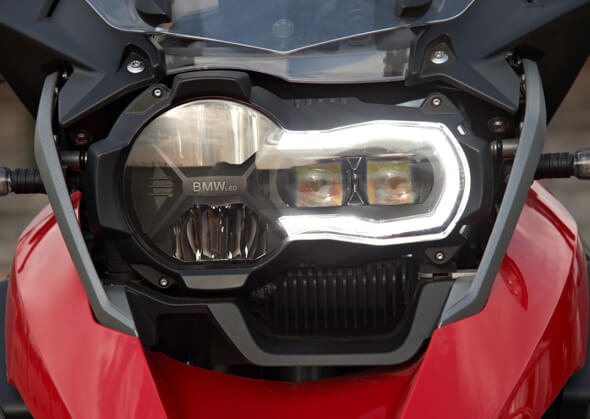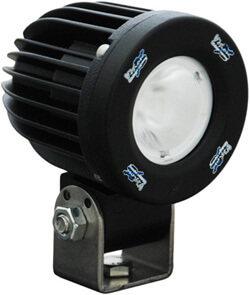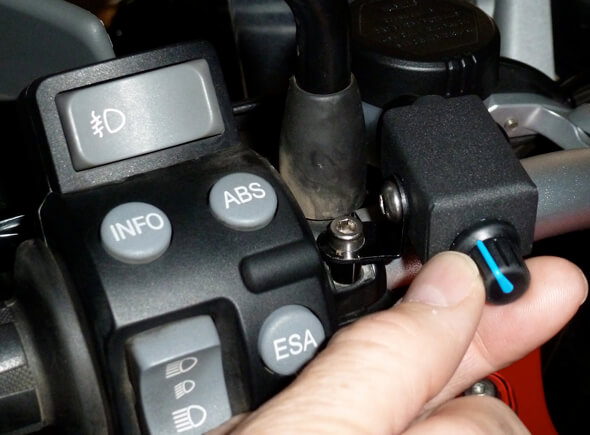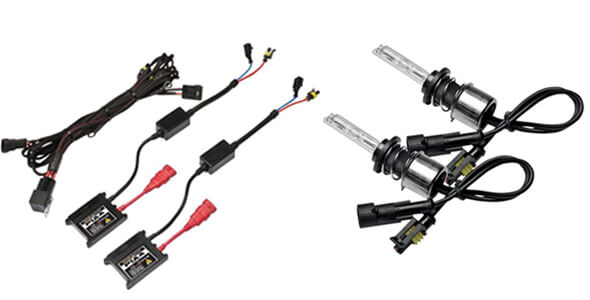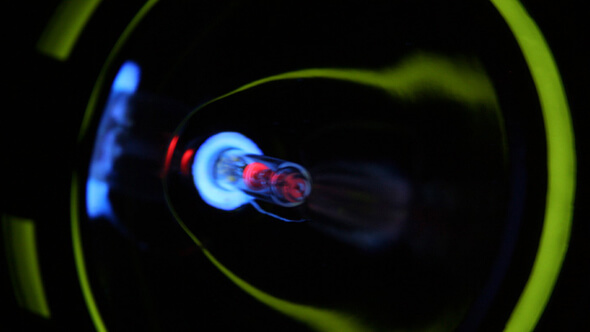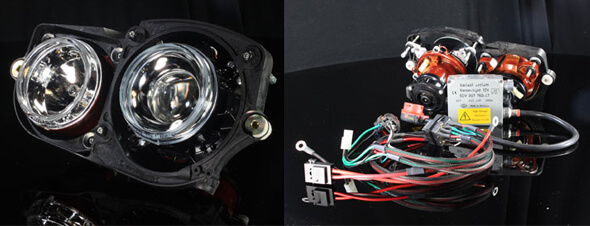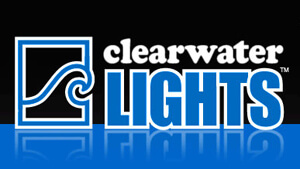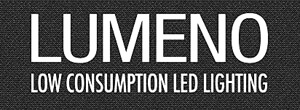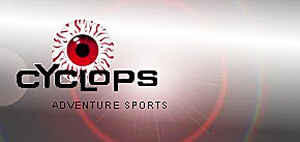Headlights and Auxiliary Fog Lights
Good driving headlights are a clear safety issue. Usually the standard allroad motorcycle lights are far from excellent, perhaps due to the reason that generally motorcycles are mostly ridden in urban areas with streetlights and during the daylight hours. Therefore the requirement for illumination was relative low. Now we know better and accessory driving and auxiliary lights are common.
A pair of fog lights are a kind of signature for allroad touring enduros. They provide the extra light and safety in the darkness, but also other road users can see the allroad rider much better in a fog and even in a broad daylight. I think that the fog lights are a better additional DRL daytime running light option instead of using high beams in order to avoid being not seen in the road traffic. High beams are effective, but they also glare and blind (glaring effect) the on coming traffic in some extend so that they can not really see behind and close around the rider`s headlight. The fog lights have no such effect and when using the LED fog lights there is also less power consumption. Both may be unauthorized ways of safeguarding the riding, but still one or the other is necessary when taking care of rider`s health, even under the threat of getting fined by the law enforcement officers. So far the police has been very understanding according to my experience.
Halogen Headlights
The halogen headlights are the majority at the moment and halogen bulb manufacturers have been able to increase the illumination power considerably. Therefore perhaps the easiest and in many countries also the legal way of improving the allroad touring enduro lighting systems, is to enhance the headlight with high quality halogen bulbs and install auxiliary LED lights. For sure it is a compromise, but the industry does not yet provide complete and approved solutions.
Overall Battery Power Consumption
The battery power consumption is something to pay attention to. Otherwise your bike could run out of battery by surprise and leave you somewhere hanging. This happens easily when several power consuming items are used simultaneously such as a pair of 55W halogen headlights on high beam together with grip warmers and a pair of 55W halogen fog lights. Often there is also the GPS device and perhaps even the mobile phone plugged in which would altogether be clearly beyond reasonable.
By replacing the original halogen headlight bulb with 35W HID bulb, you could also install additional pair of LED fog lights (10+10W) without reaching the power consumption levels of the halogen light on high beam. Meaning 35+10+10W instead of 35+55 or 55+55W when double headlamps in question. In addition you gain multiple illumination power for your safety, do not need high beams in the broad daylight and are able to save some of your battery capacity for other equipment. If you replace your pair of halogen fog lights with LED, you could release additional 50-90W capacity.
Objective Cool White Light
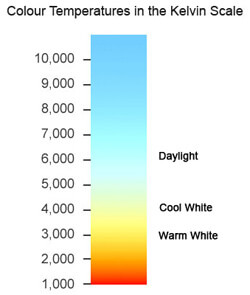
It matters what colour of lights you are using. The closer to natural sun light, the better. The popular blue colour driving lights may seem brighter, but have actually less penetration and illuminated distance than the cool white LED light. The higher the colour temperature is above 6000 kelvins (i.e. daylight overcast), the more blue light. Good LED lights have around 5000 kelvins (i.e. horizon daylight) and the best factory HID lights even below that.
Auxiliary LED lights and HID Xenon Headlights
The rapid development of LED- (Light Emitting Diode) and HID Xenon technology (High Intensity Discharge) has improved the offering and today we can find good alternatives even with low energy consumption for bikes with moderate battery alternators and a variety of on board electronic equipment. Before you jump to any conclusions, check your local regulations about road legal headlights. Some countries do not allow the use of aftermarket HID lights on the road.
The BMW has recently as first allroad touring enduro manufacturer introduced stock LED headlights and is able to offer a complete LED lighting system which is really good news. This is also the direction of leading automotive industry. Therefore I expect a rapid development in LED technology.
High Power LED Fog and Daylight Running Lights
Compared to standard pair of 35- or 55W halogen lights, the LED runs usually with 8-13W, releasing 44-84W battery capacity elsewhere. Even with a pair of high power LED lights with full power you could still save 40W for other devices. At the moment there are no better auxiliary lighting options than high power LEDs.
The 50 000 hour lifespan potential of LED bulb is much higher than any halogen or HID bulb. The LED bulb and diode is from it`s structure very solid and therefore exceptionally robust. In addition the LED bulb is also much more compact in size allowing significantly smaller casing, less weight and vibration. The LED also switches on/off incredible quick and does not suffer from so called on/off cycling, like the HID and the halogen bulbs.
Today there are also High Power LED lights (HPLED) which are able to deliver even 180W of halogen light and control the brightness much more versatile. There are sophisticated dimmers and intelligence to integrate the main headlights and high beam function, even the horn, with the auxiliary LED lights both with low and high beam. One of the leading manufacturer is the Clearwater Lights in California presenting the KRISTA and GLENDA:
When you want to avoid glaring the on coming traffic, the high power LED dimming feature is practical in addition to correct angle adjustment. Especially when you ride during the sunset or sun rise when the amount of natural light changes a lot. The change happens also when you reach or leave the urban street lighting.
HID Xenon Driving lights and Conversion Headlamps
The best HID Xenon gas discharge headlamps are the most efficient bright white driving lights, coming closest to the natural sunlight. The HID driving lights provides the highest level of light to the largest area with a half of the power required by the halogen lights. The luminous efficiency is around 75-100 lumens/W. The HID gas discharge lamp starts slowly before it heats up to the operating temperature and the brightest light. This may take a while and once switched off, the HID bulb requires some time to cool down before restart. Most common way to upgrade the motorcycle headlights is to turn to a HID conversion kit and replace the halogen bulbs. This way you can save power for other onboard equipment and gain over 3 times more brighter driving lights, lasting perhaps even 10 times longer than the halogen lamps.
The difference in power consumption comes from the lower current requirement (amperage) which means that more illumination output is accomplished with less wattage (Watts) and therefore using less battery capacity. Simply by dividing the wattage with the voltage (12V), we get amperage (drawn from the battery). A 55W HID driving light draws 4,6 amps, the same as 55W halogen lamp, but produces several times more illumination output along with longer lifespan.
Anyhow there is another catch. The weakest point of HID headlights is the lifespan which is mostly effected by the number of on/off cycles, especially when the HID burner is ignited while being still hot (glowing). This means that the use of HID bulb in the separate high beam lamp (double headlights), would be problematic and the lifespan of the HID bulb short. Therefore the HID technology functions the best way in a double action headlamp. Sophisticated ballasts detect cycling and react accordingly. The HID lamp should be burning all the time and the switch to the high beam should be made with the movement in relation with the mirror or reflector surface. The HID bulbs are also less robust than LED bulbs. Therefore hard core trailing and excessive vibration may shorten the lifespan of the HID- or halogen bulbs significantly.
There are few special HID headlight alternatives such as the Clearwater HID replacement kit with HELLA headlight assemblies, that are especially designed for certain make & model such as BMW R1150GS (1999-2004). In this case the high beam is produced by a halogen bulb and the HID bulb is used for low beam only. Perhaps due to that reason it was also DOT approved. Unfortunately this is not the case for the most of the allroad touring enduros and the development seems to bee anyhow going in the direction of High Power LEDs.
Share Your Passion On


